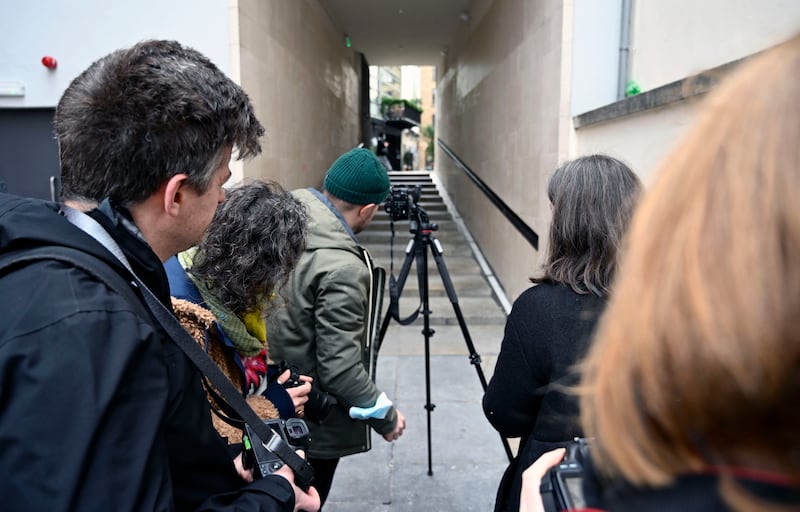Thanks to smartphones, everyone can now be a photographer. But how come some people take snaps that look like they could grace a gallery wall, while yours are all blurry and not even in an arty way? Photo Museum Ireland’s education curator, Darragh Shanahan says that technical mistakes “like chopping limbs and heads off, and not paying attention to composition” are the most common.
Take your time
… to start with, until good composition become instinct. Notice what’s in the frame. If there are overflowing bins in the background, move your subject – unless overflowing bins are your subject of course. Shanahan also recommends “the rule of thirds”: divide your image into three imaginary sections, vertically and horizontally, then place your subject at the intersection of two lines, or along one of the lines itself. Try it – suddenly your snaps look magazine-ready.
And filter
Back in the day, photographers smeared lenses with vaseline, or covered them in silk stockings to create a hazy glow. Today we have those spot-them-a-mile-off Instagram filters. For Shanahan, filtering means selecting and printing. “Make little albums and books, or frame a picture every now and then. It’s easy and it’s where photography really comes to life.”

He’s right, we live in an age where we take more photographs than ever, but we may end up leaving behind fewer and fewer for the future. Imagine yours, irrevocably lost with the loss of phone, or following a computer glitch.
READ MORE
So what separates a good photograph from a great photograph?
It’s subjective: “Read the visitor comments book at our exhibitions, and you’ll see that the same set of images produce a multitude of reactions.” If you’ve graduated from the phone camera, learn the technical stuff, then practise and experiment. After that? Experiment some more, and maybe break some rules (such as shooting into the light) to see what effects you get. “Photograph your passions obsessively and you will make great images.” Local camera clubs will introduce you to people with plenty of opinions on apertures and exposures, as well as exhibition opportunities, while source.ie is useful for links, articles, inspiration and ideas.
Do you need a fancy camera?
“No, photography is very democratic, being in the right place at the right time with whatever image-making device you have is the best position to be in.” Shanahan says, you can even make your own camera. It’s called a pinhole camera, and consists of a light-proof box, with a tiny hole. Make one yourself from things you’ll find around the house. You’ll find plenty of tutorials online, or for hands-on learning, Photo Museum Ireland runs regular pinhole photography courses. Got the bug? They also do smartphone photography workshops, and technique and darkroom courses. See photomuseumireland.ie
Surely a photo is just a photo?
“Photography is constantly evolving, it is a science and technology subject, it is an art, it is a political act, it is folklore and history, it is commerce, it is a mirror to society, it can be dangerous, it can be fun, it can make you cry, laugh, feel embarrassed, feel proud, it can decorate a room and tell thousands and thousands of stories,” says Shanahan. “Learning more about photography, who is creating images, how and why they are being used and disseminated is vital in today’s society. Photographs have meaning.”













